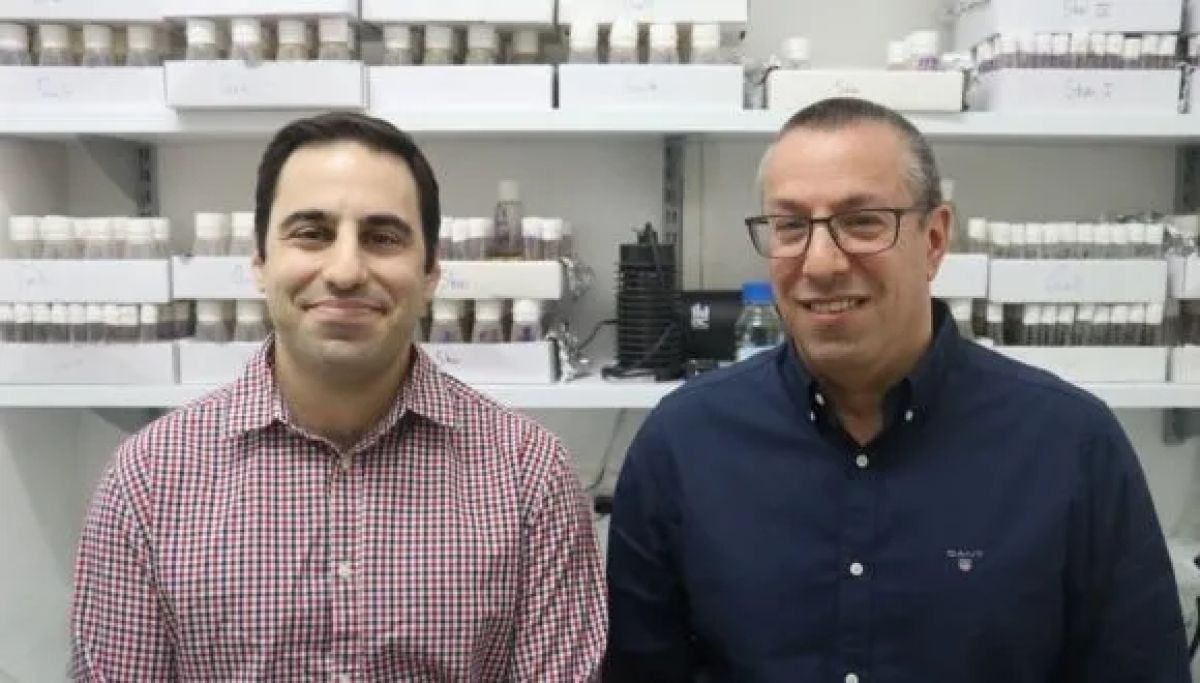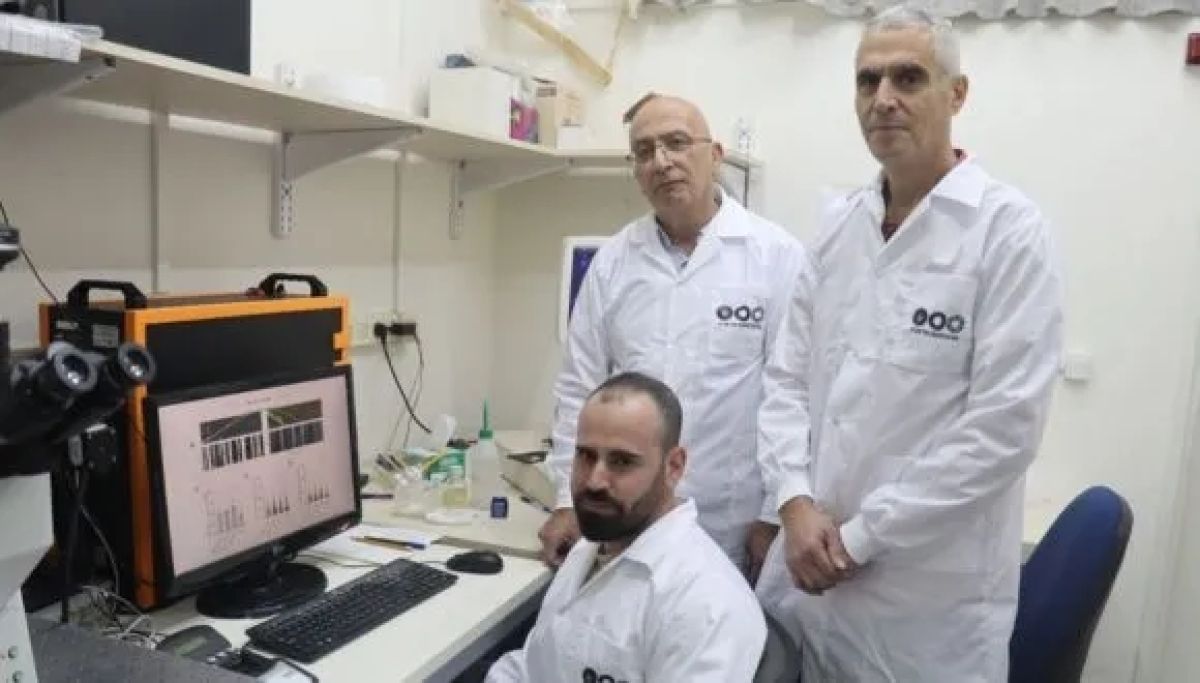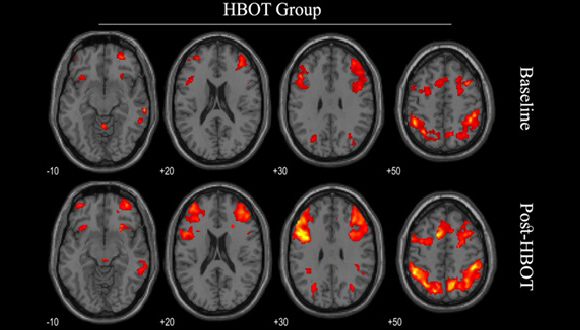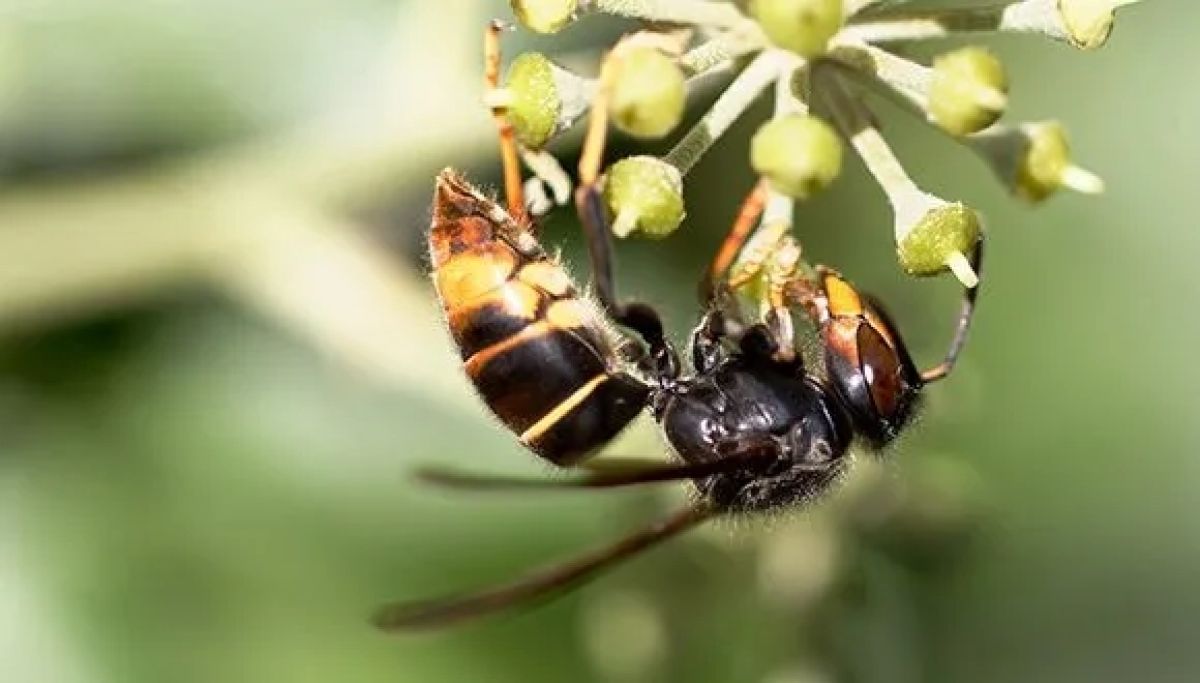Innovative Technology from Tel Aviv University researchers can double IVF Success Rates
New tech enhances sperm selection, boosting IVF success.
A new technology developed at Tel Aviv University and implemented at Barzilai Medical Center in Ashkelon has demonstrated a significant increase in the success rates of fertilization, pregnancy, and the birth of a healthy baby through in vitro fertilization (IVF). According to the findings collected thus far, the technology has increased IVF success rates from 34% to 65% — resulting in 20 pregnancies out of 31 embryo transfers compared to only 14 pregnancies out of 41 embryo transfers in the control group. Among the notable cases was a couple who, after enduring 15 unsuccessful IVF cycles over several years, conceived for the first time using this technology and finally became parents. The research team highlights that this method enables laboratories to select high-quality sperm cells (as defined by the World Health Organization) for fertilization, dramatically improving the likelihood of pregnancy and the birth of a healthy baby.
The groundbreaking technology was developed in the lab of Prof. Natan T. Shaked, Chair of the Department of Biomedical Engineering, Fleischman Faculty of Engineering at Tel Aviv University, and is being implemented through QART Medical, a startup company established with the support of the university’s investment fund, its technology transfer company, Ramot, as well as external investors. The method has been published in leading journals, including PNAS, Advanced Science, and Fertility and Sterility. In addition to Barzilai Hospital in Ashkelon, the technology has recently been implemented in clinical research at Meir Medical Center in Kfar Saba, Assuta Medical Center in Ramat HaHayal, HaEmek Medical Center in Afula, and Galilee Medical Center in Nahariya. It is also used at two leading international medical institutions: UCSF Medical Center in California and the University of Tokyo Hospital in Japan. To date, dozens of couples have enrolled in clinical trials.
Fertility Challenges: Declining Sperm Counts and IVF Solutions
Dr. Bozhena Saar-Ryss, Director of the IVF Unit and the Sperm Bank at Barzilai Medical Center, explains: “Fertility issues are becoming increasingly critical: one in six couples faces fertility problems, with male-related issues accounting for half of the cases. Additionally, in certain countries like Japan, Korea, and Spain, dramatic declines in birth rates are leading to population shrinkage. The causes for this are diverse and include societal trends like career prioritization and delayed marriages, as well as health issues potentially caused by environmental pollutants. Over the past few decades, sperm counts in young, healthy men have dropped by approximately 50%. One of the major challenges in IVF is selecting a sperm cell with high-quality structure and motility to inject into the egg, which enables the development of a healthy embryo”. The clinical study at Brazilai Medical Center was led by the embryologist Dr. Yulia Michailov, the Director of the IVF unit and the sperm lab at Brazilai.
Prof. Natan T. Shaked, Chair of the Department of Biomedical Engineering at Tel Aviv University, explains the technology: “Biological cells are transparent, making it necessary to use chemical dyes to examine their internal structure for research or fertility diagnostic purposes. These dyes enable the analysis and measurement of the cell’s internal structure under conventional microscopes. However, when it comes to IVF, using dyes on sperm cells is prohibited, as the dye may penetrate the embryo’s DNA and cause damage. Currently, because embryologists rely on subjective assessments of sperm cells based on their external appearance and motility, about 90% of sperm cells that appear suitable to embryologists fail to meet the internal morphological criteria recommended by the World Health Organization (WHO). Live birth rates in IVF are only 15–25%, and many couples undergo over five treatment cycles before achieving pregnancy”.
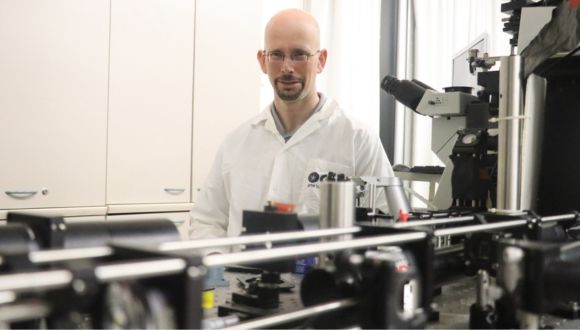
Prof. Natan T. Shaked
Is 3D Imaging the Future of Sperm Selection for IVF?
Prof. Shaked adds: “Our technology provides embryologists with a new and essential tool to identify sperm cells that meet the WHO criteria for IVF labs. This new method provides three-dimensional imaging and visualization of the internal structure of biological cells without chemical staining, as it is based on the light-conducting properties of the cell contents, known as the refractive index. This method allows embryologists to analyze the internal structure and contents of live sperm cells and even measure new parameters like mass and volume. Embryologists can therefore select sperm cells that meet the WHO’s structural criteria, achieving results comparable to chemical staining for live cells in the first time. This significantly increases the chances of successful fertilization, pregnancy, and the birth of a healthy baby, as demonstrated by the clinical trial results”.
Dr. Ronen Kreizman, CEO of Ramot: “Ramot congratulates Prof. Shaked and his team, as well as QART Medical, on their remarkable achievements. Successes like this are a testament to the immense potential of inventions originating from Tel Aviv University. Ramot takes great pride in playing an active role in establishing innovative companies like QART Medical, which implement the groundbreaking technologies developed at Tel Aviv University. We believe that the model of creating companies around research technologies makes a significant contribution both to the economy and to humanity”.
Currently, Prof. Shaked’s team is developing a new method to detect DNA fragmentation in sperm cells, which will be integrated into the new technology. Prof. Shaked: “Our goal is to provide embryologists with a technology that enables individual sperm selection based on three essential criteria: motility, internal structure, and unfragmented DNA. This will allow embryologists to select the best sperm cell for fertilization and dramatically improve success rates in this vital procedure.


